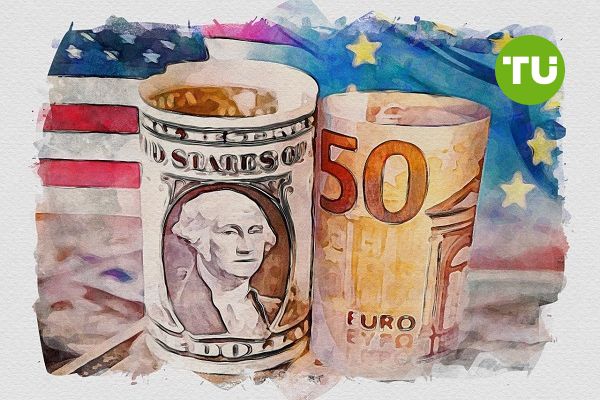U.S. Dollar Index struggles at 102.8 amid U.S. recession fears and tariff impact
 Will the dollar survive economic threats?
Will the dollar survive economic threats?
The U.S. Dollar Index (DXY) is caught in a standoff between technical rejection at 102.8 and a weakening economic backdrop. After hitting a low of 100.9 last week, the greenback attempted a rebound, which was capped by firm resistance at 102.8. Now, all eyes are on whether the dollar can stage a breakout, or if broader economic threats will tip it lower.
Last week’s dip brought the daily RSI into oversold territory, triggering a short-lived bounce. The bullish bounce ran straight into the 102.8 ceiling, a level that has now acted as a clear cap on bullish momentum. So far today, the dollar has swung indecisively between gains and losses across the Asian and European sessions, struggling to pierce that same resistance.
U.S. dollar price dynamics (Jan - April 2025). Source: Tradingview
U.S. dollar weakens as trade tariffs raise recession risks and inflation concerns
At the heart of the dollar’s struggles is the increasing risk of a U.S. recession. Trump’s protectionist policies, especially the recently announced tariffs, have unsettled investors. Despite his claim that higher import duties will bring money to the U.S., many experts disagree. JP Morgan has warned that the U.S. economy could contract by 0.3% by the end of the year, as the real burden of these tariffs will likely fall on domestic importers, not just foreign entities.
Fed Chairman Jerome Powell also expressed concern over the impact of tariffs, stating they could push inflation higher and stifle economic growth. This has cast doubt on the dollar’s ability to maintain its safe-haven appeal if the U.S. economy heads into a downturn.
For now, the 102.8 resistance is holding firm, but a decisive break above it could push the DXY toward 103.5 in the near term. On the flip side, failure to break higher might see the dollar fall back to its recent lows around 100.9, or even lower. While the U.S. dollar has managed to stay strong for now, worries about the economy due to tariffs and slower growth are factors that will make it difficult for the dollar to push higher. Traders should keep an eye on these levels and watch for any new updates on trade and economic policies that could change the outlook for the dollar.
The dollar index fell over 2.8% in early Q2, hitting a six-month low near 101. Recession fears and the upcoming NFP report pressured investor sentiment.













































































































































